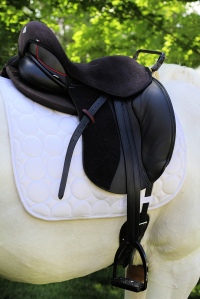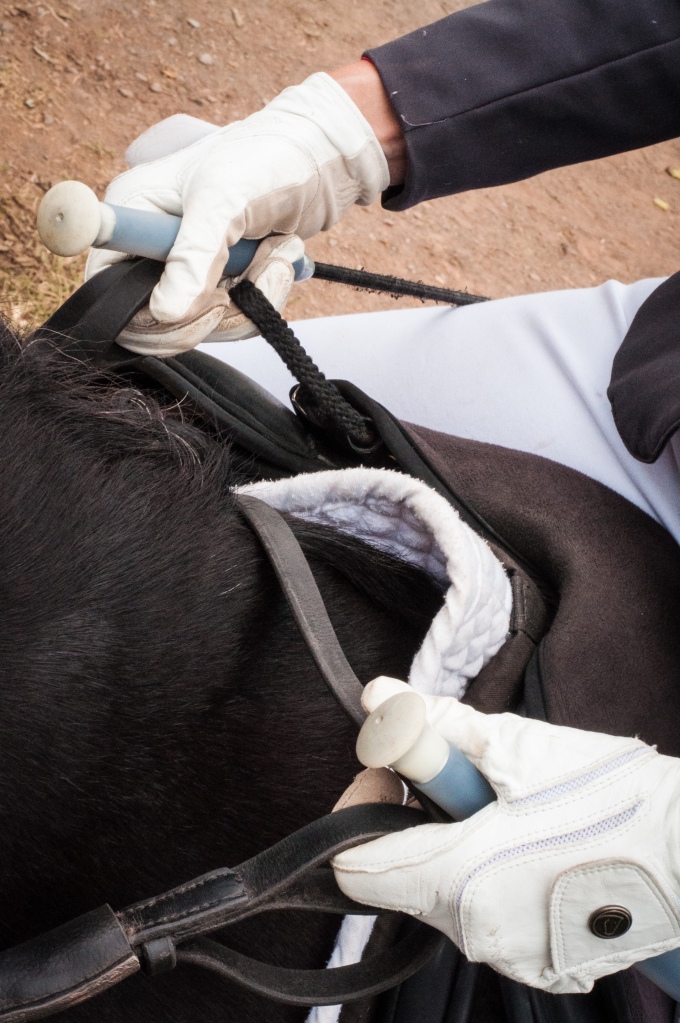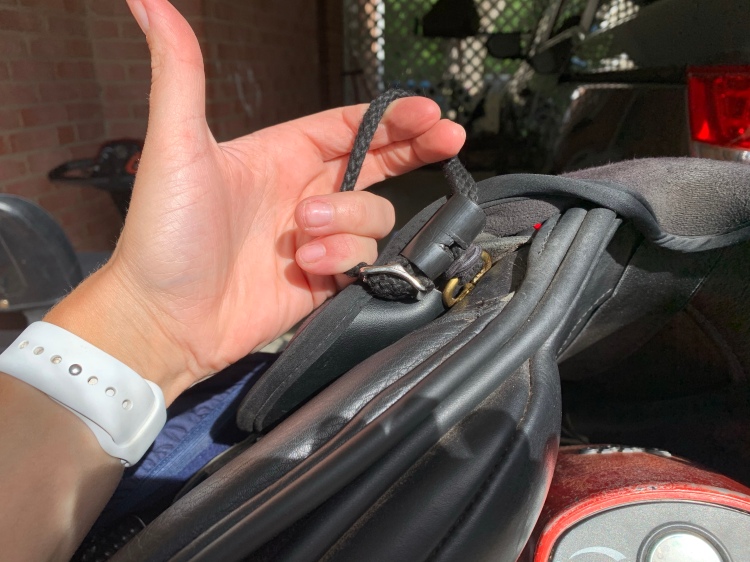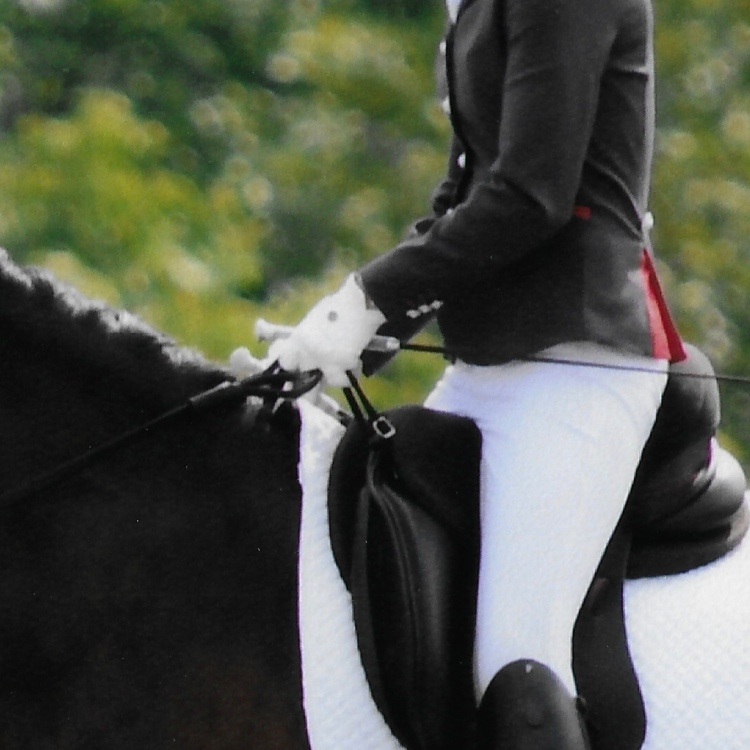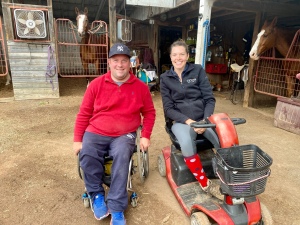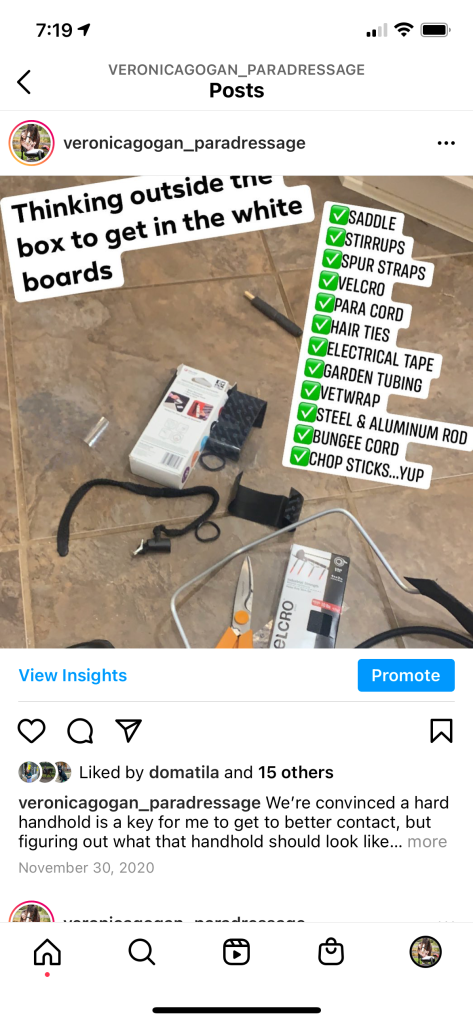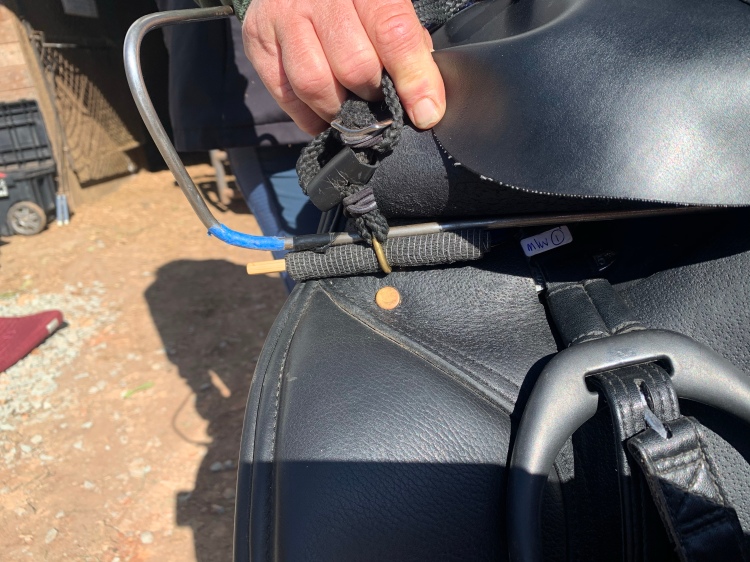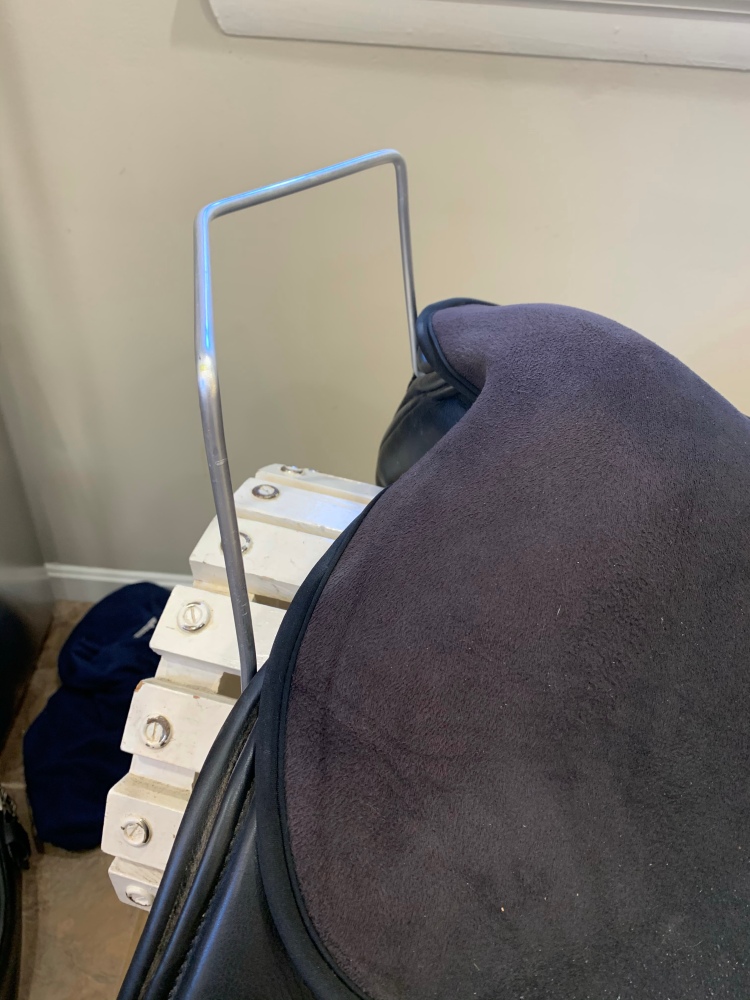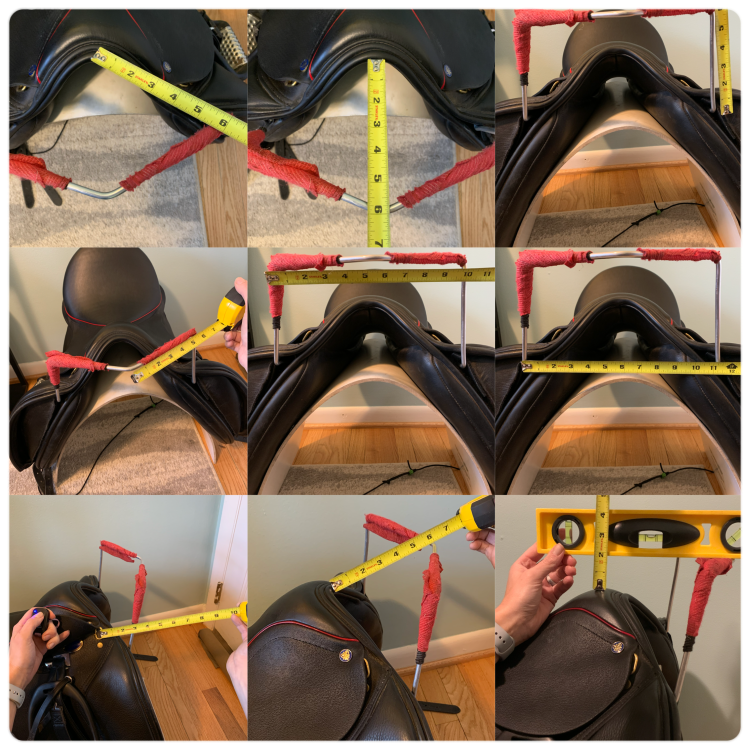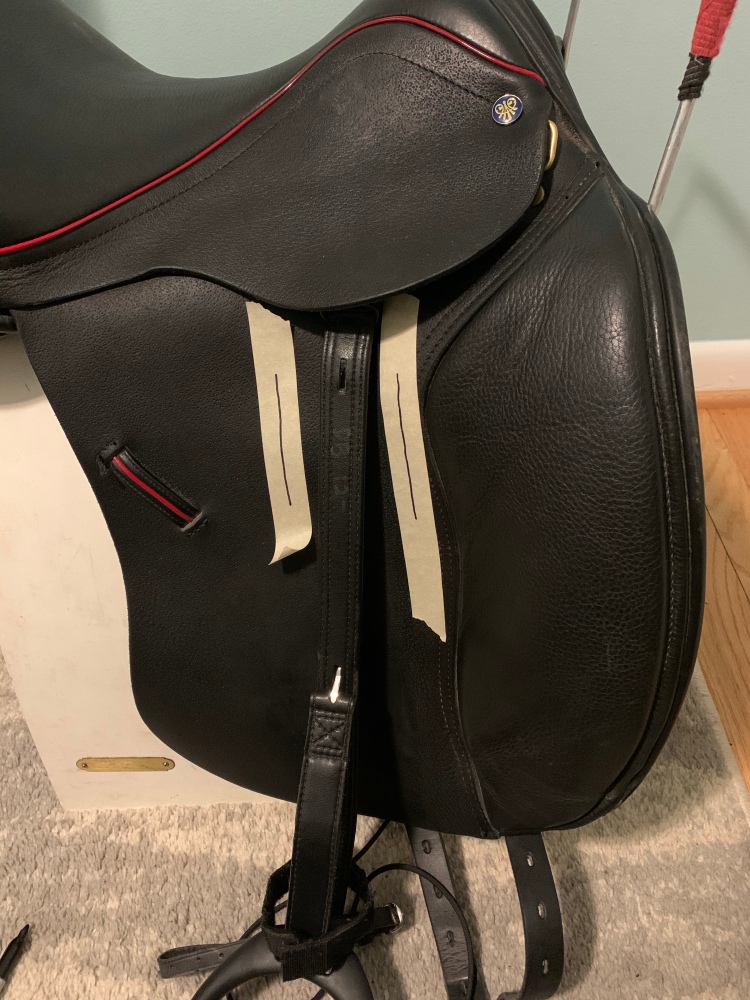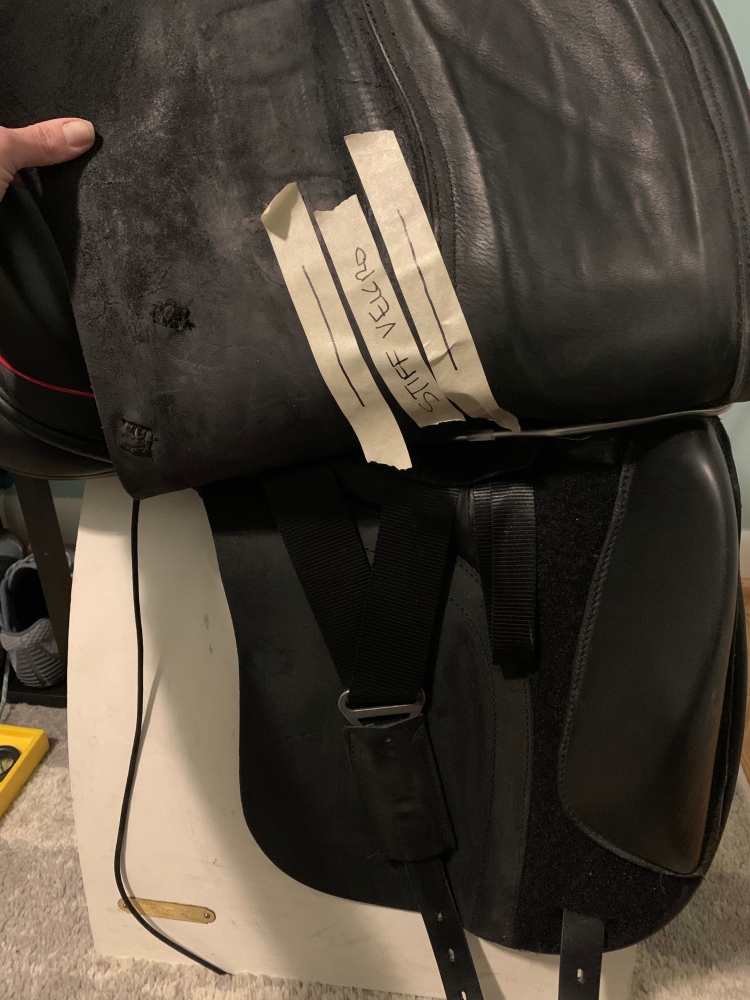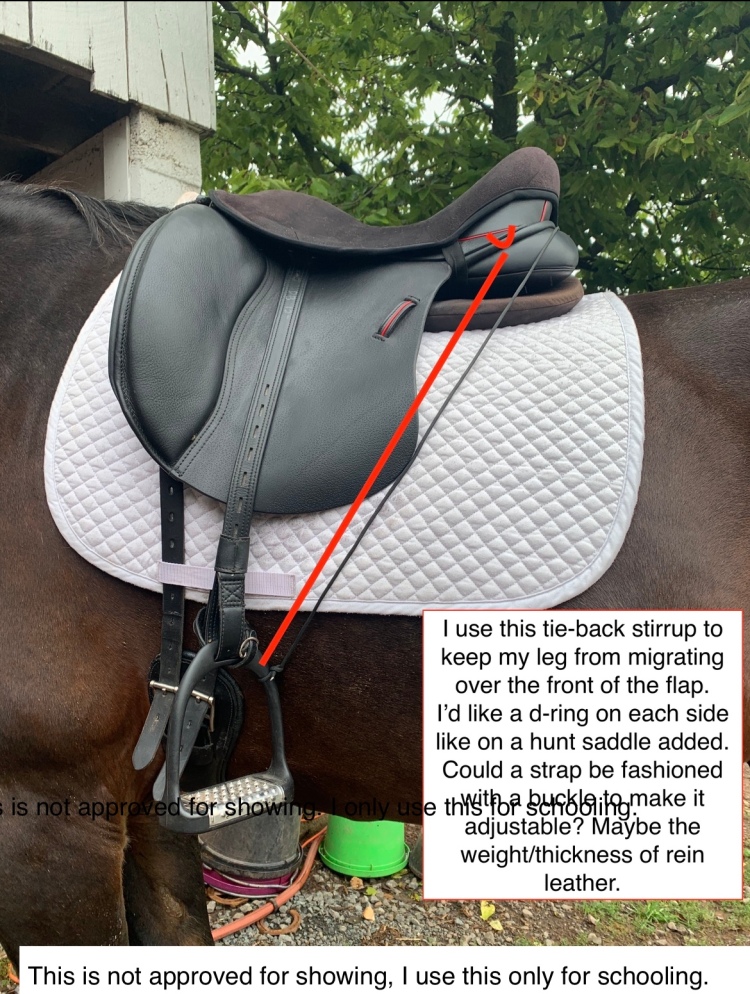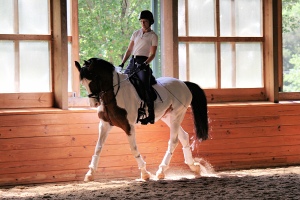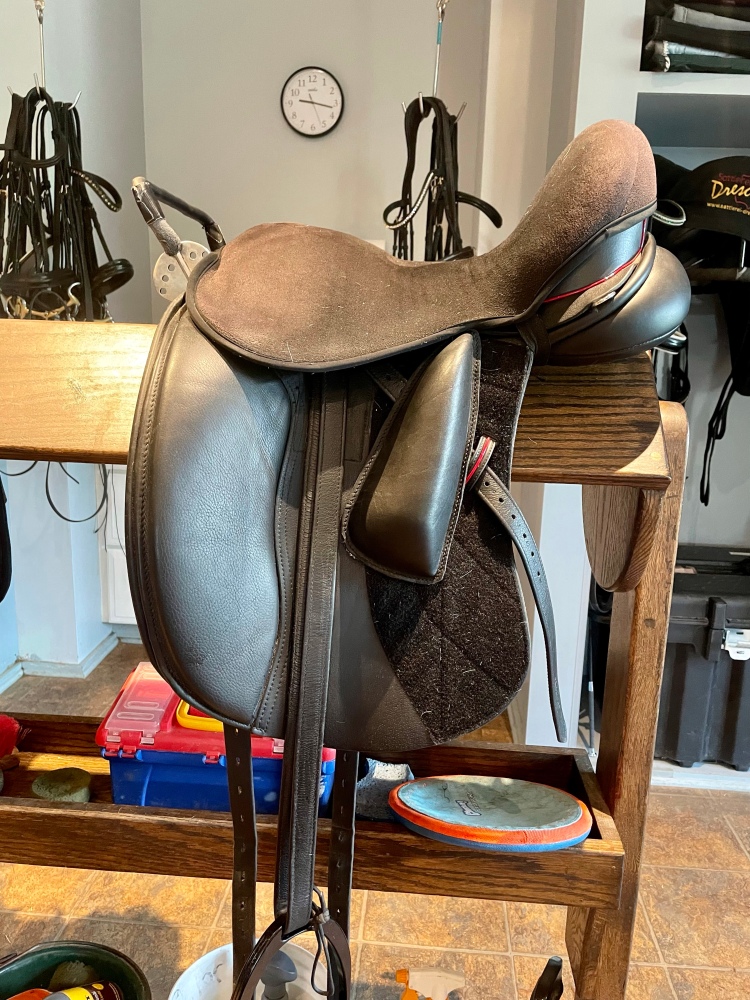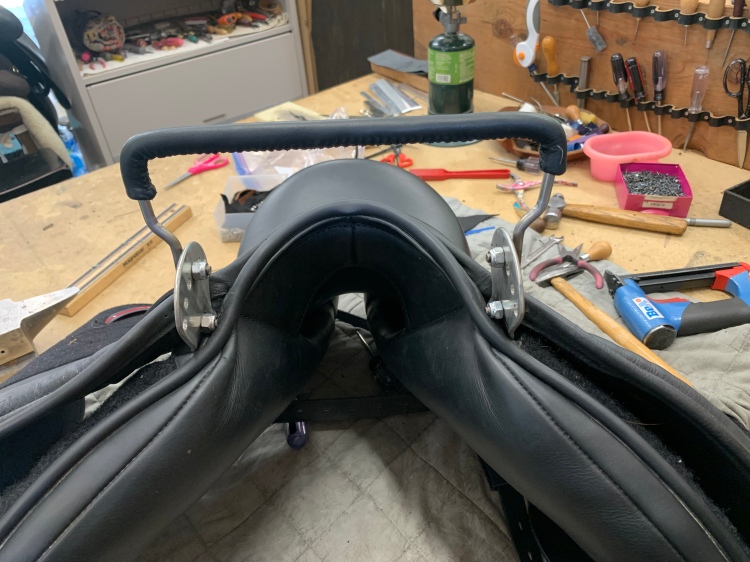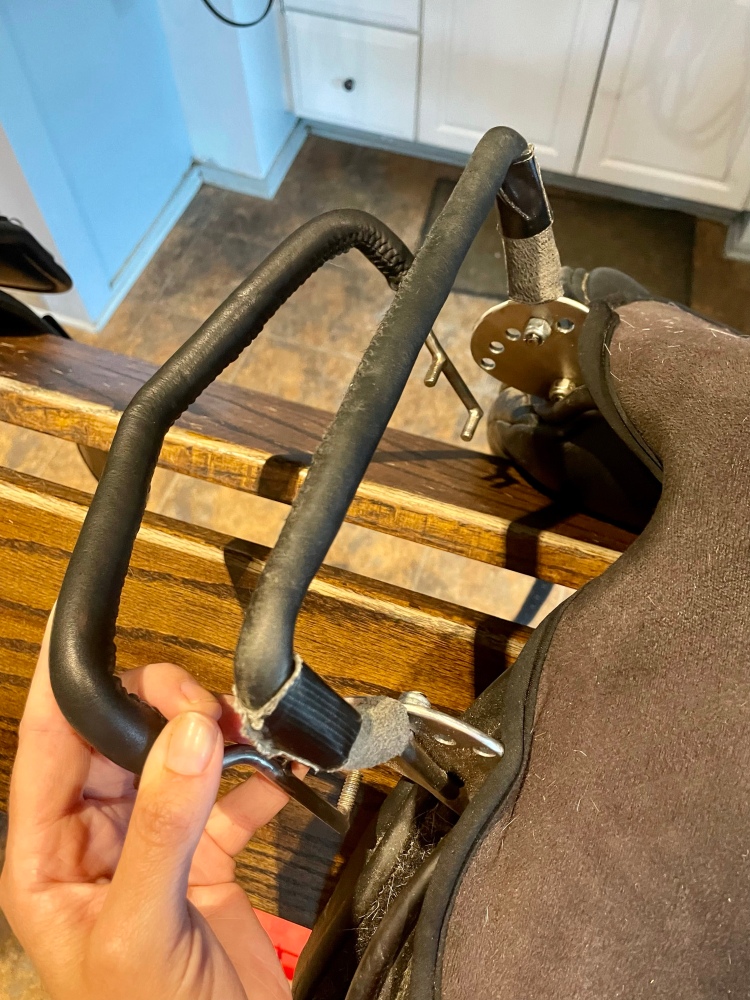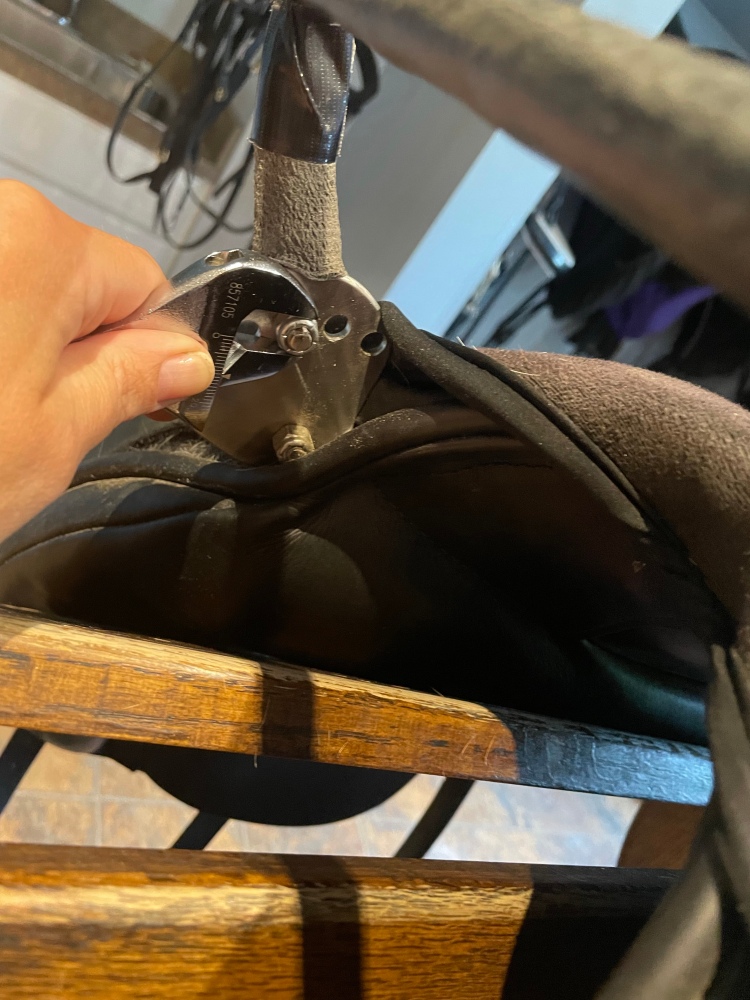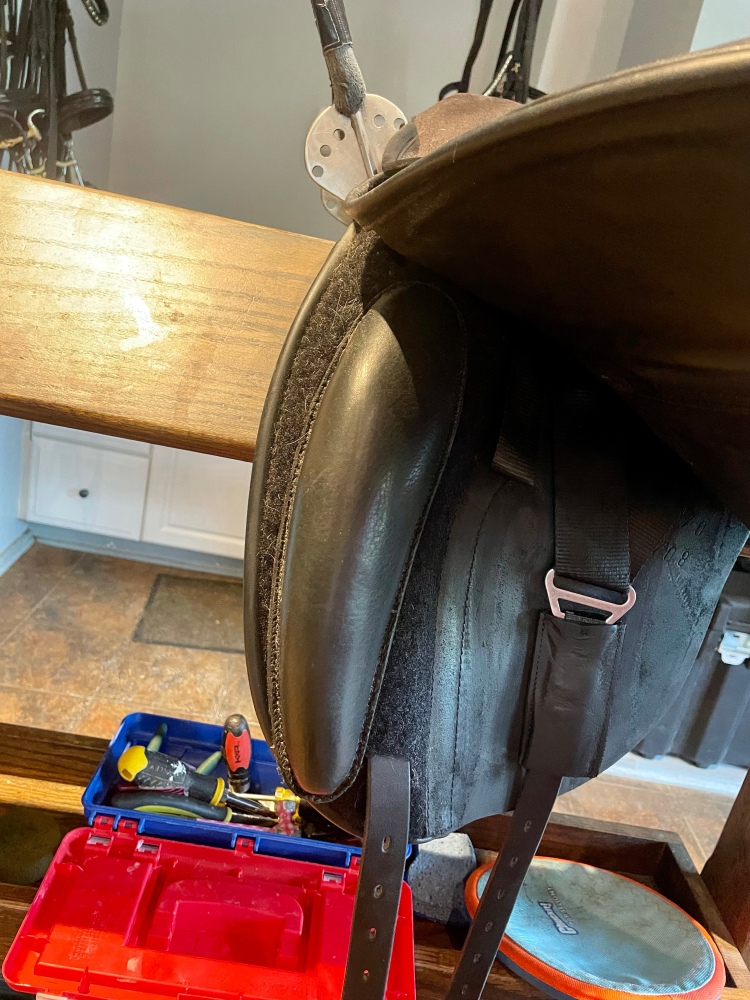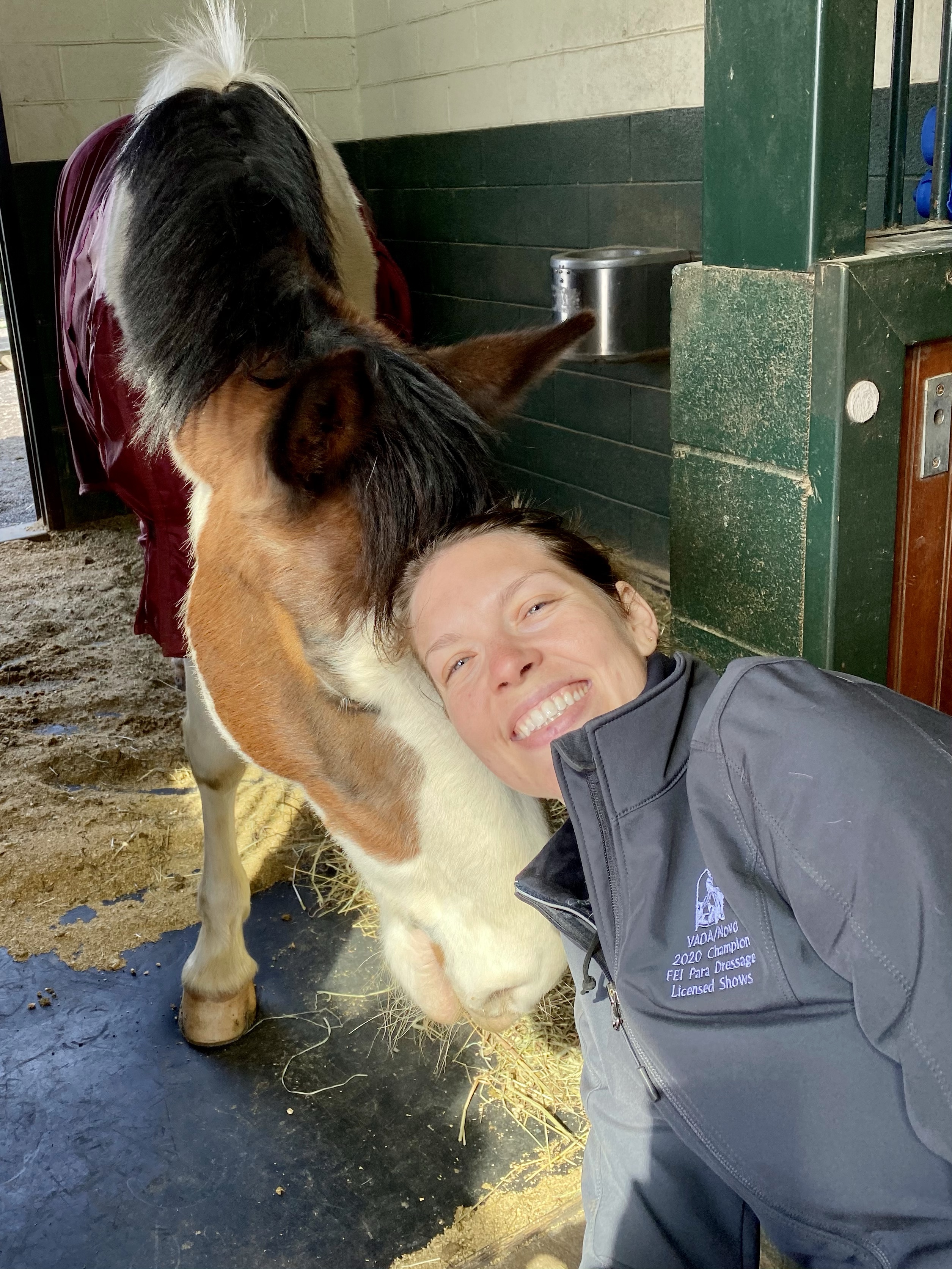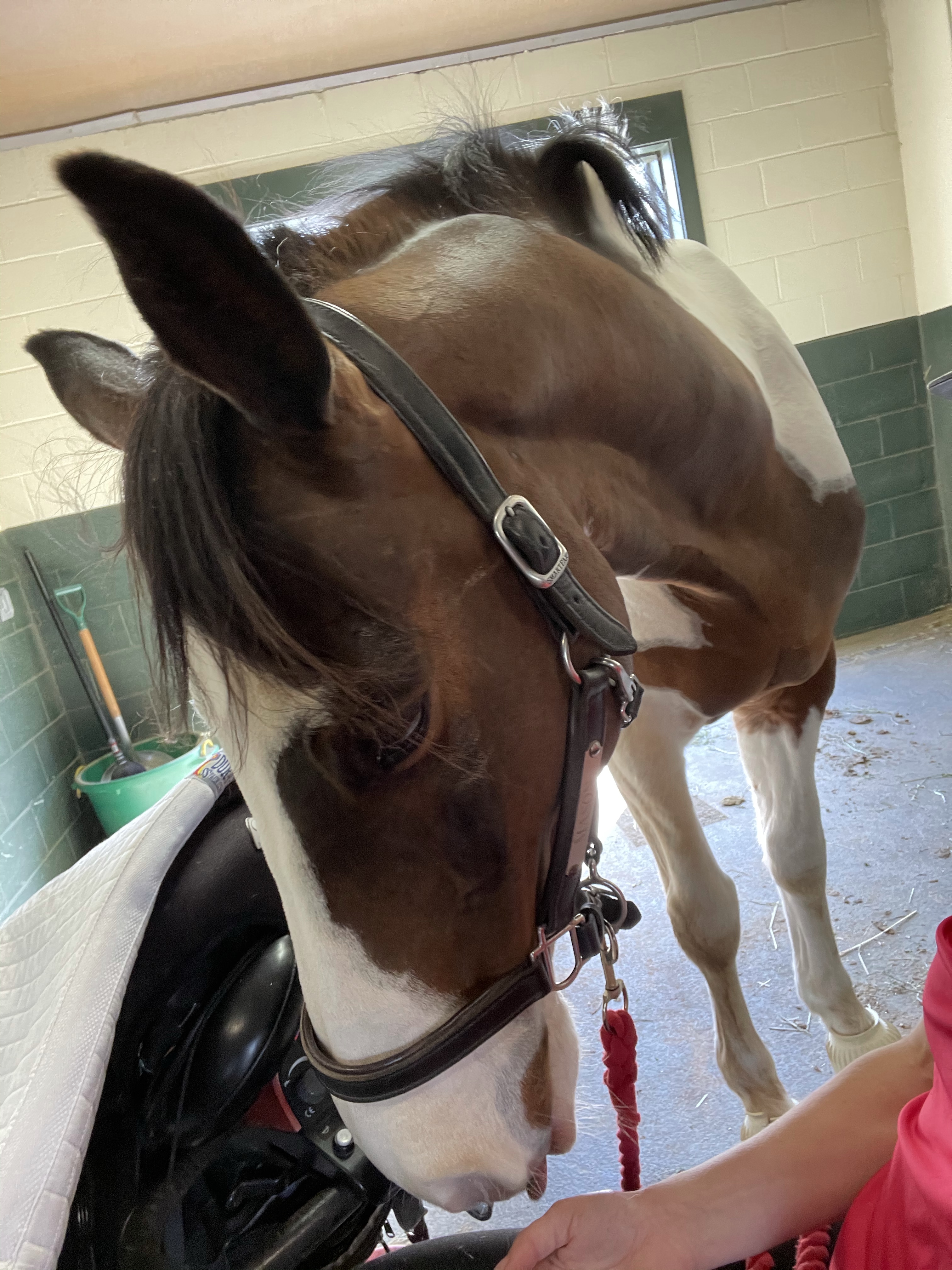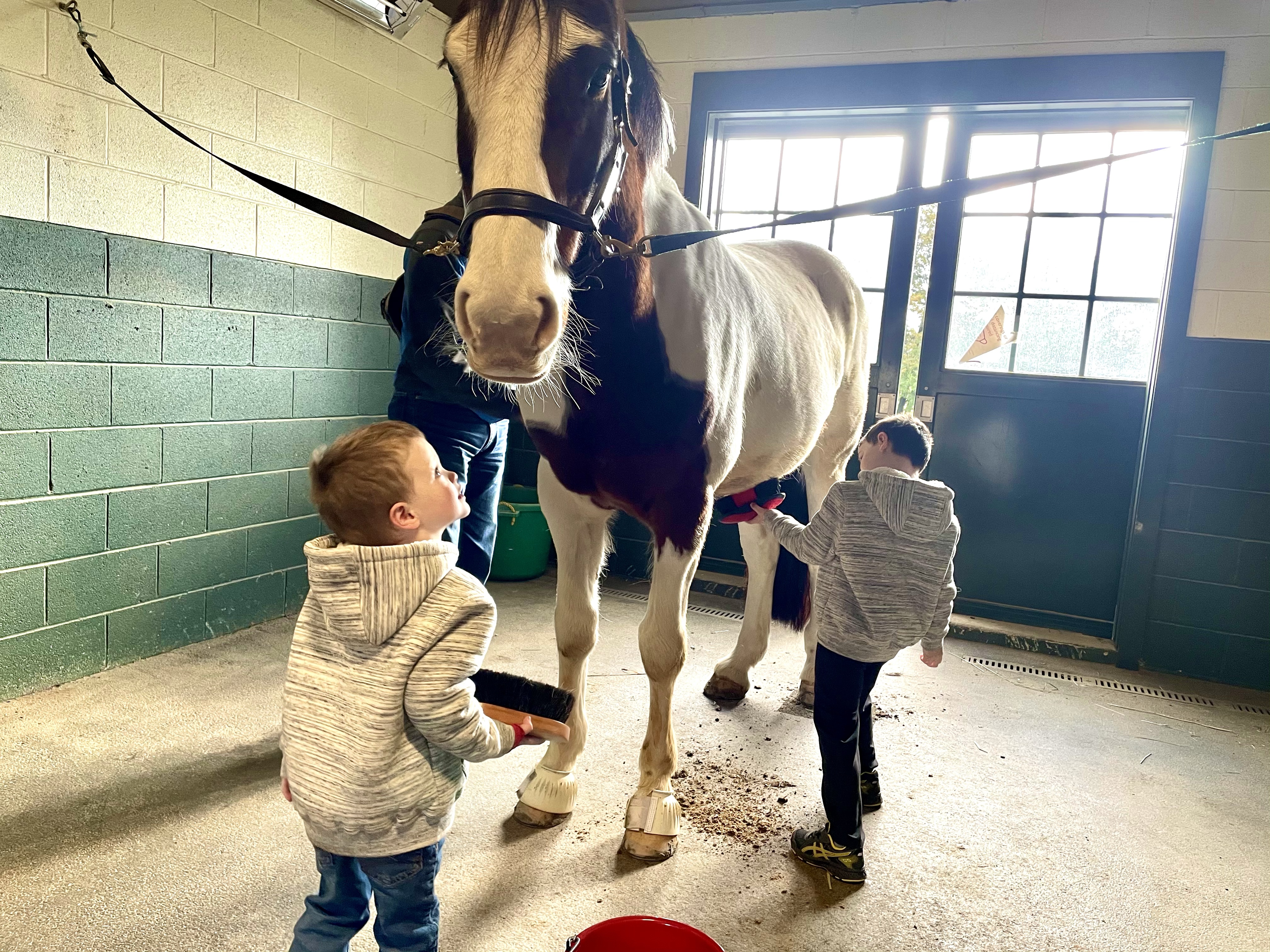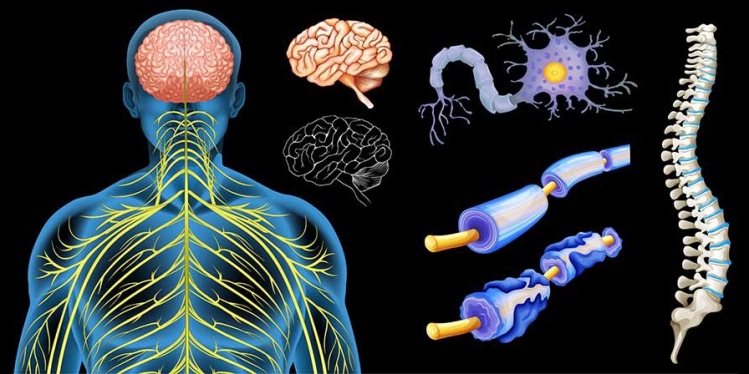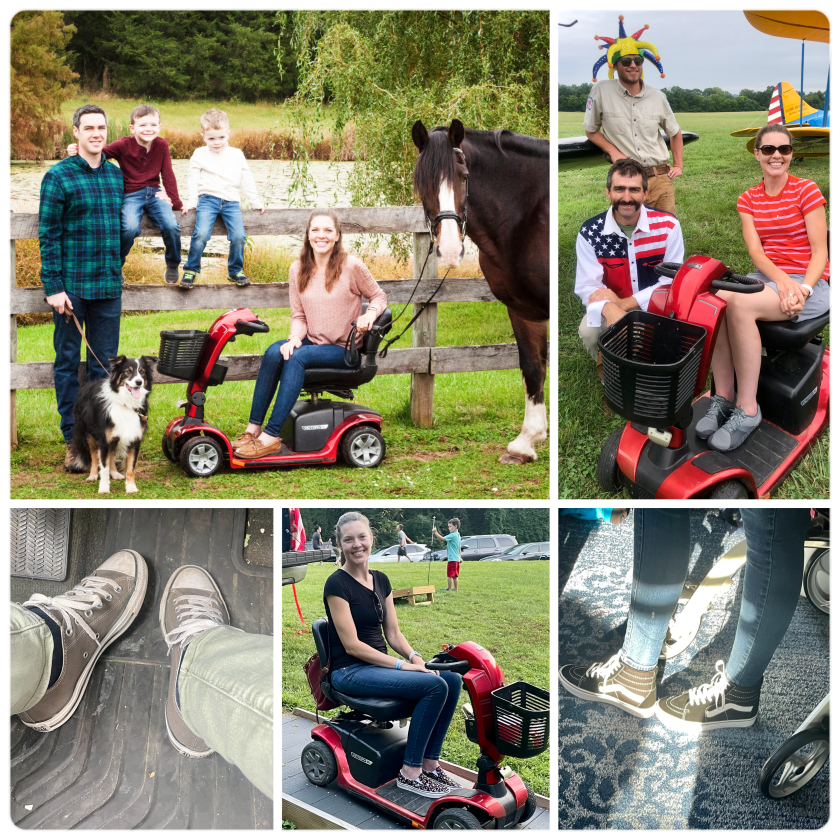
“Give a girl the right pair of shoes and she can conquer the world.” Atta girl, Marilyn Monroe. My quest to find world-conquering shoes is very specific. This blog is for anyone with walking difficulty who is incessantly looking for a shoe they feel secure and comfortable in. It took a long time to figure out why some shoes were easier to walk in than others, but I finally cracked the code: zero lift shoes and shoes that snugly fit to the bottoms of my feet.
Like many people with multiple sclerosis, I have weak tibialis muscles, which makes flexing the ankle difficult (also called dorsiflexion). Ten years ago I suffered from very dramatic drop foot. It’s better now, but not completely resolved. (Drop foot is a disruption of the peroneal nerve which flexes the ankle.) My toe flexors, which usually curl the toes and aid balance, are both weak and suffer from spasticity. My world-conquering shoes have to help me compensate for these things.
Zero lift shoes are designed so the ball of the foot and heel are level (horsey people, see note). This means the ankle lives at around 90 degrees. Shoes with a lift open this angle and necessitate more dorsiflexion during walking. A subgroup of zero lift shoes are called barefoot shoes. Devotees of this subgroup claim it is the best shoe for alignment, offers a more natural gait/heel strike, is better for balance, and reduces pain for runners. Mainstream examples of barefoot shoes are Vibram Five Fingers or Merrell’s barefoot line. They are specifically designed to balance weight across the foot. The toe box is usually big to allow ample toe wiggling. Plus they are very light weight.
Any shoe that isn’t securely fastened to the foot relies on the flexor muscles in the foot to keep them on (i.e. flip flops). When those flexor muscles are weak, fatigue easily, or behave erratically (in the case of spasticity), the shoes are controlled more by the forces of motion than by the foot. At least two functions keep shoes on: heel cups (sometimes called heel slings) and straps or laces.
The shoes I like best have zero or nearly-zero lift and can really be ratcheted onto my foot or have elastic that keep them in place. Laces and elastic make them easier to get on and off as my feet don’t exactly wiggle themselves into shoes very well. I’m using a loose definition of zero lift in the following list of my favorite shoes. This isn’t often listed as a feature outside of barefoot shoes. Here are my favorites:
- Classic Converse Chuck Taylors – This one is my favorite right now and was a recent discovery. Almost the entire top of the shoe is laces so I can make them loose at the toe and tight over the top of my foot. They are remarkably lightweight.
- Sperry Men’s Authentic Original Boat Shoe – Mine are mens because the width gives my toes extra room for their weirdness. The men’s style covers more of the top of the foot too. One leather lace goes behind the heel and crosses over the top of the foot creating a snug fit. I’ve had mine since circa 2007 and they’ve looked the same since about 2009.
- Vans Slip Ons – These are my cutest shoes! I was surprised these were as easy to walk in as they are. I had to size up in order to get them on, but they stay really snug. (Plus, colors for any style!)
- Merrell Move Glove cross training shoes – These check all the boxes, the annoying thing about the soles is they squeak. I drag my feet sometimes and they make an awful noise when I do. This model is discontinued, but there’s a current version.
- Vans Sk8 ComfyCush – These are my new gym shoes because of the ankle support. They have exactly the same footprint as the slip ons. The tongue has elastic which keeps the foot secure to the sole (not a feature of the regular Sk8 Hi’s). I lace them tight when I need support and loosen them when I don’t. I find when they are tight, my ankle flexion weakens really fast, just from fighting the shoe.
I have other shoes, but these are my go-to’s for easier walking. If this helped you, send me a note or leave a comment. If it didn’t help, was there different information that would have? Any requests for the next blog?
Note for horsey people. A fact from my hunter equitation days: wearing shoes with lift, whether it is sneakers or stilettos, can respectively shorten the calf muscles which can impede that “sinking into your heels” feeling.
For those of you who don’t know the title reference here, it’s one of the first viral videos I ever remember. It’s one of those tunes that sticks with you. Fairly raunchy, proceed with caution. “Shoes” by comedian Liam Kyle Sullivan.

